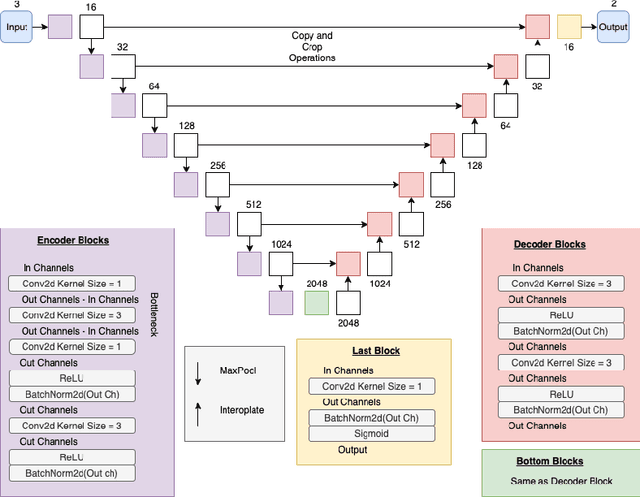Ship Detection: Parameter Server Variant
Paper and Code
Dec 02, 2020



Deep learning ship detection in satellite optical imagery suffers from false positive occurrences with clouds, landmasses, and man-made objects that interfere with correct classification of ships, typically limiting class accuracy scores to 88\%. This work explores the tensions between customization strategies, class accuracy rates, training times, and costs in cloud based solutions. We demonstrate how a custom U-Net can achieve 92\% class accuracy over a validation dataset and 68\% over a target dataset with 90\% confidence. We also compare a single node architecture with a parameter server variant whose workers act as a boosting mechanism. The parameter server variant outperforms class accuracy on the target dataset reaching 73\% class accuracy compared to the best single node approach. A comparative investigation on the systematic performance of the single node and parameter server variant architectures is discussed with support from empirical findings.
 Add to Chrome
Add to Chrome Add to Firefox
Add to Firefox Add to Edge
Add to Edge